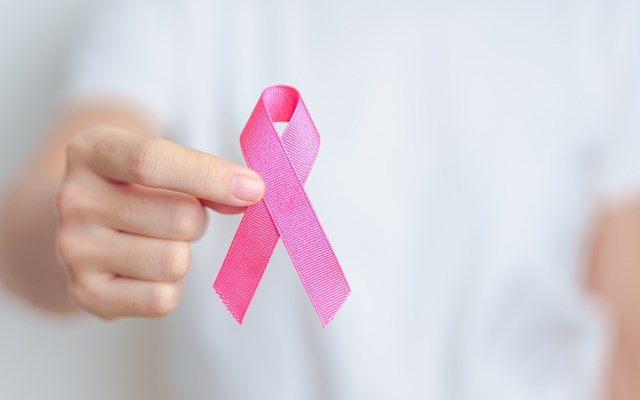
National Breast Cancer Awareness Month shines a light on the most common form of cancer in women, apart from skin cancers. And while we’ve made real progress against tumors of the breast, the disease still kills roughly 42,000 American women each year. But new research at the Weizmann Institute of Science offers a ray of hope against one of the more deadly forms of the disease.
Breast cancer includes different subtypes. The basal-like subtype (also referred to as “triple negative”) generally carries a poor prognosis and a high rate of recurrence. The luminal subtype leads to better patient outcomes, in part due to its responsiveness to anti-hormone therapies.
Much of the variation we see in breast cancer is a result of epigenetic variation – that is, modifications that alter the chemical nature of the DNA but that don’t change the sequence of the DNA itself. Epigenetic variation can cause cancer cells to transition from a luminal to a basal-like cellular identity, making the tumor more difficult to treat with anti-hormone therapy.
In a recent study, Prof. Moshe Oren – together with his Weizmann colleagues Dr. Efrat Shema and Prof. Yosef Yarden – discovered that a tumor suppressor gene called LATS1 helps maintain the more favorable luminal cellular identity in breast cancer. LATS1 is often expressed at reduced levels in human breast cancer, decreasing its ability to prevent the transition of cancer cells from the luminal to the more dangerous basal-like state.
Prof. Oren and his colleagues discovered that LATS1 affects the structure of chromatin, the complex of DNA and protein whose function is to package long DNA molecules compactly within the cellular nucleus. The scientists observed how, along with other factors, LATS1 “hides” genes associated with the basal-like state deep within the chromatin’s dense interior. This reduces the production of proteins that promote a cellular transition to the hard-to-treat basal-like identity. In human breast cancer cells, however, this protection is limited; low LATS1 levels cause fewer basal-like genes to be hidden within the chromatin. As a result, more basal-like proteins are expressed, causing more luminal cancer cells to undergo epigenetic change and slip toward a basal-like identity.
Through their experimental work, the scientists have identified a target for future drugs that would aim to reverse the effects of LATS1 loss and rigorously silence basal-like genes. Such an approach could potentially help maintain the luminal identity of breast cancer cells, restrict tumor progression, and improve the chances of successful treatment.
